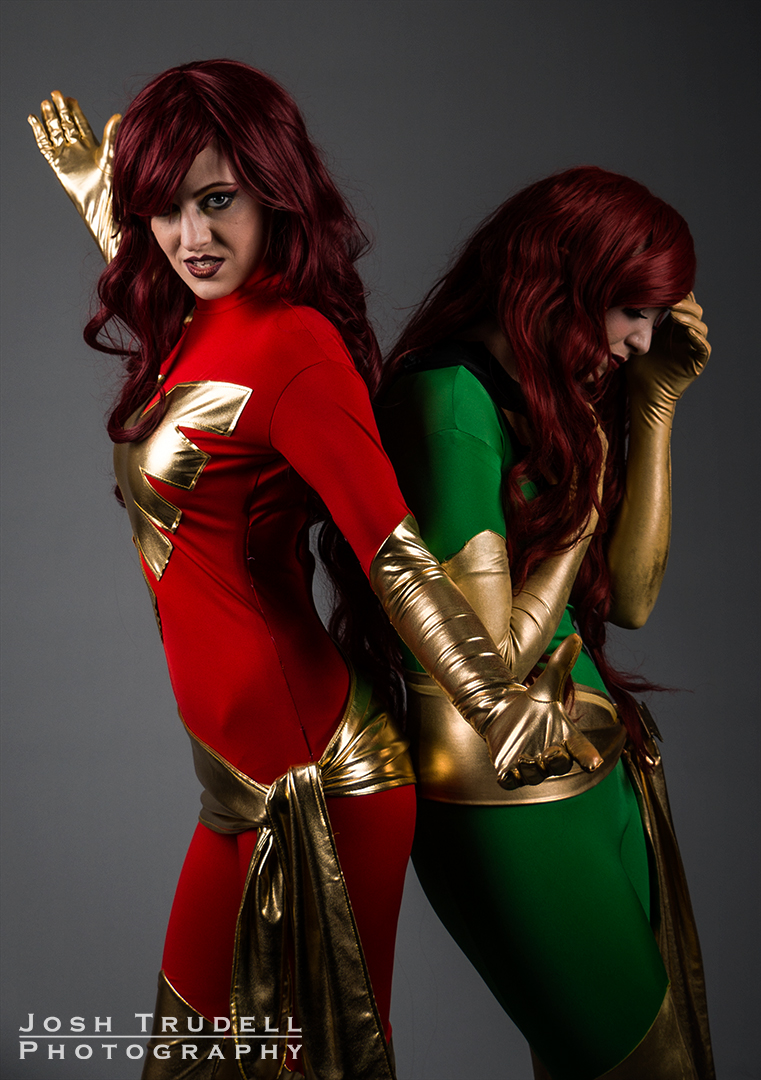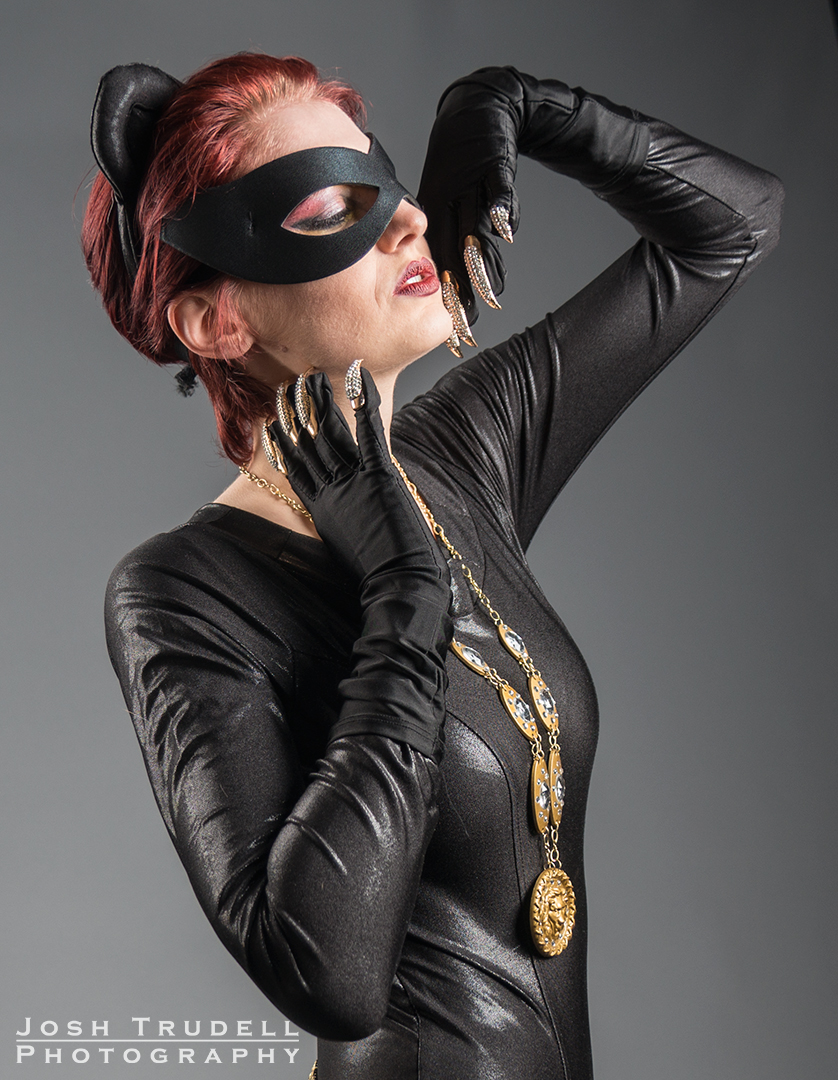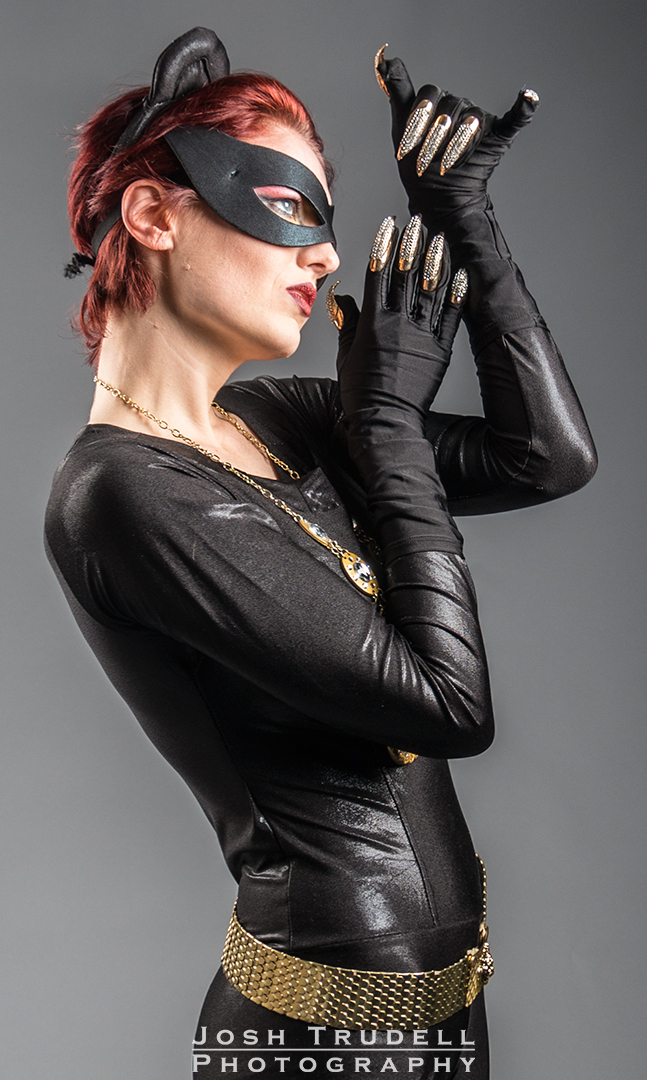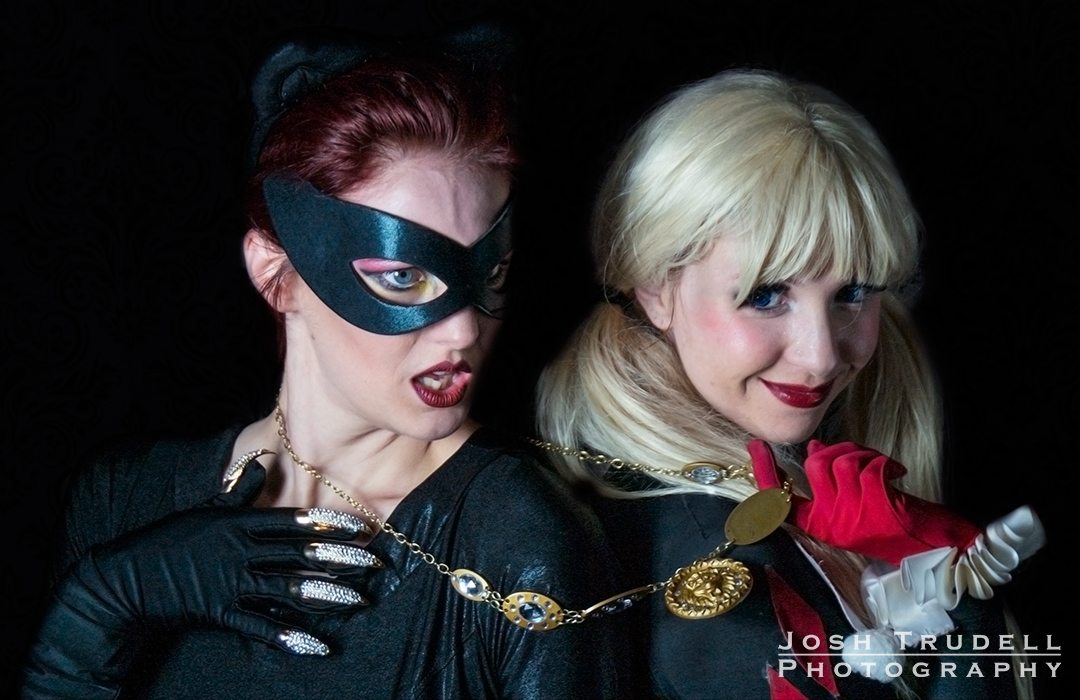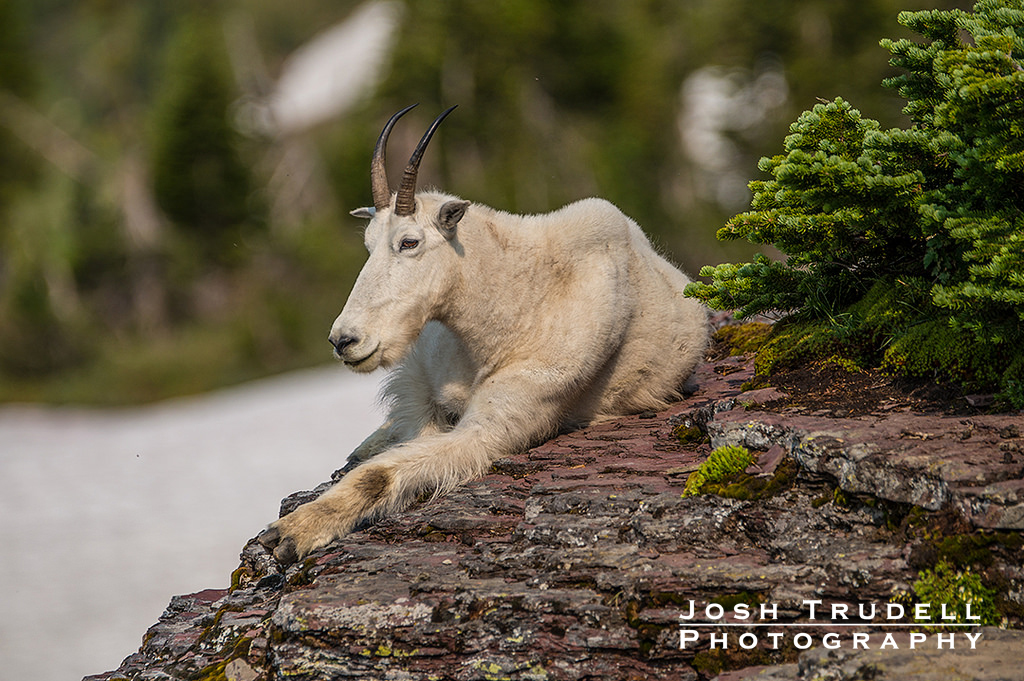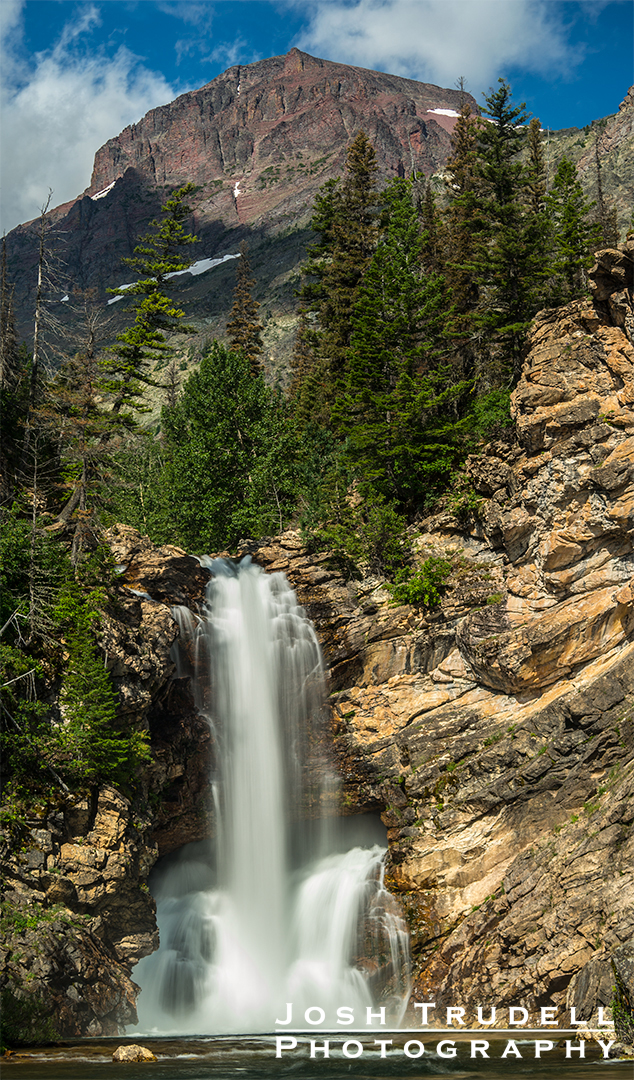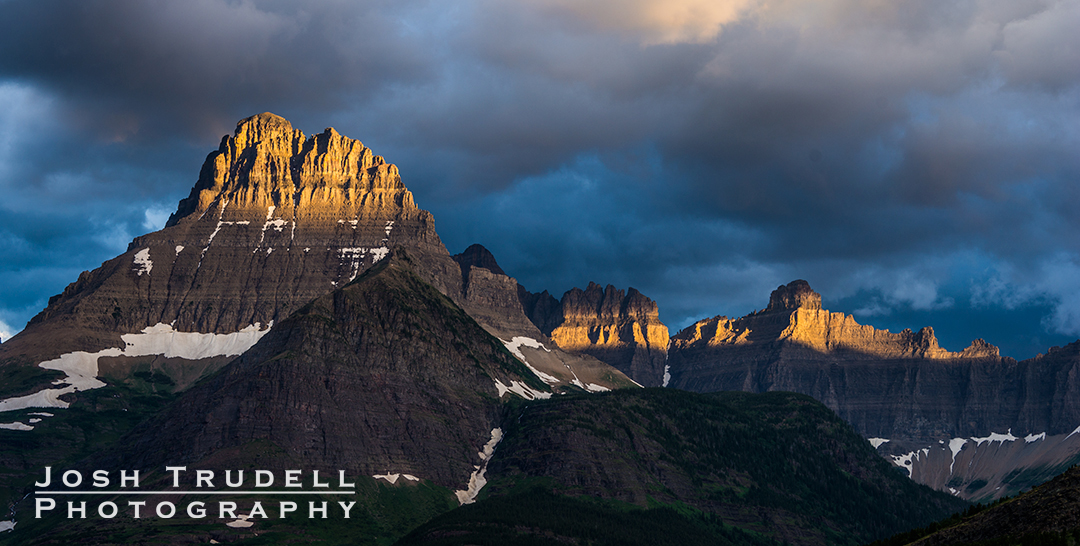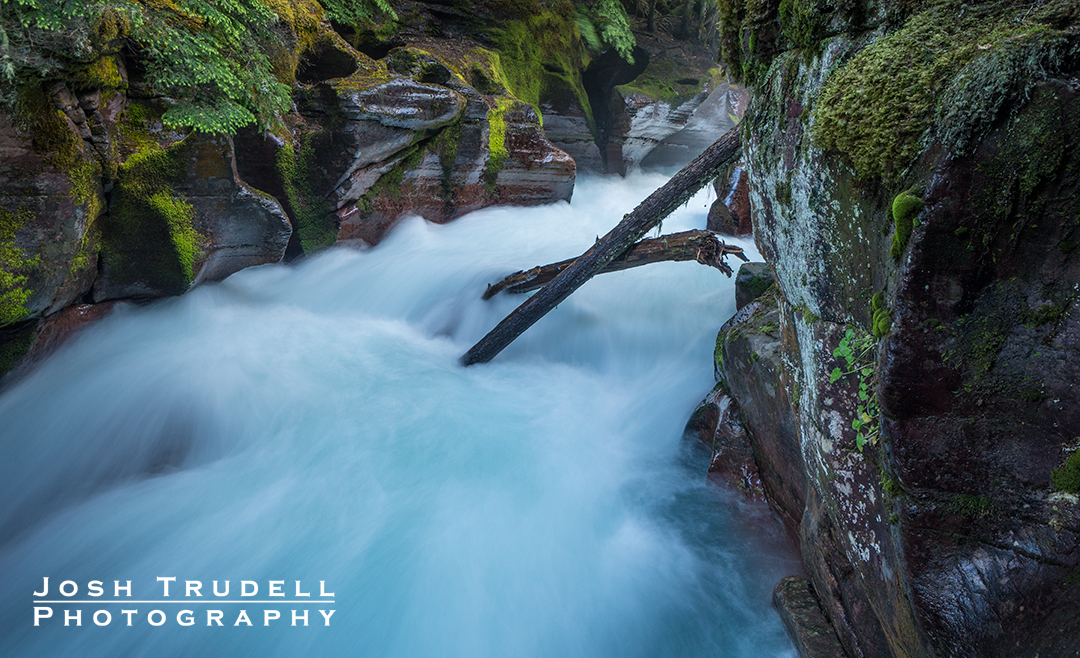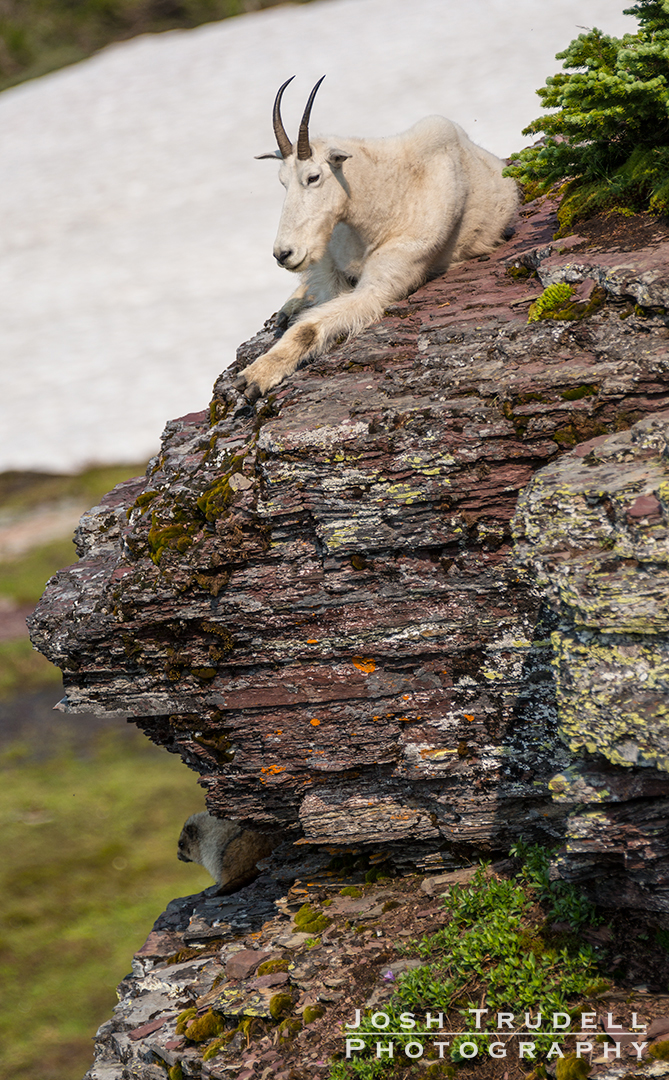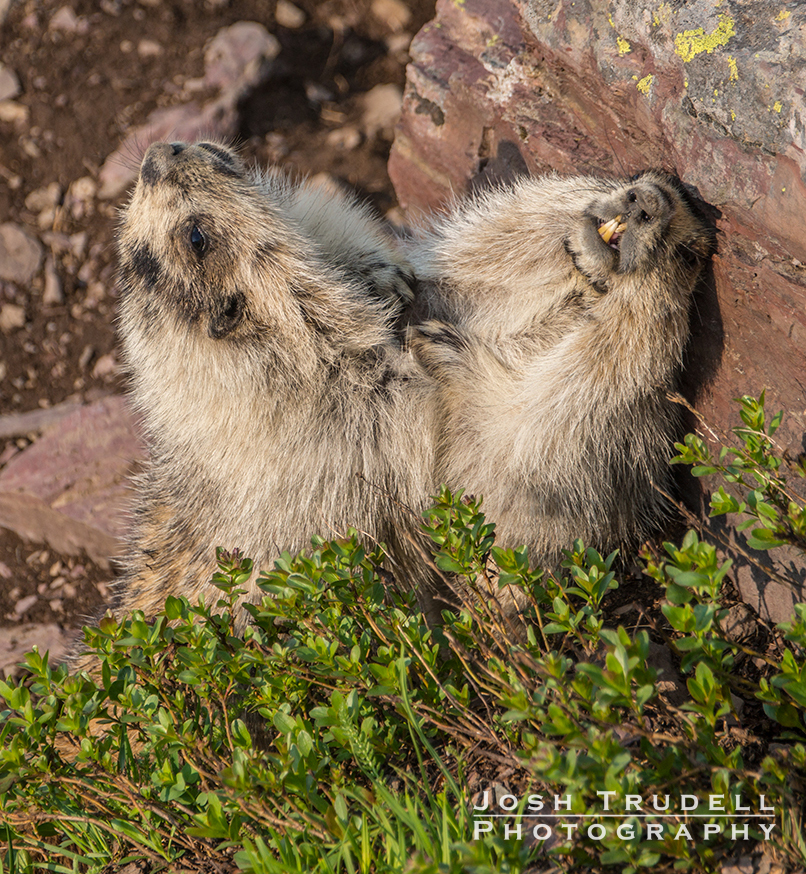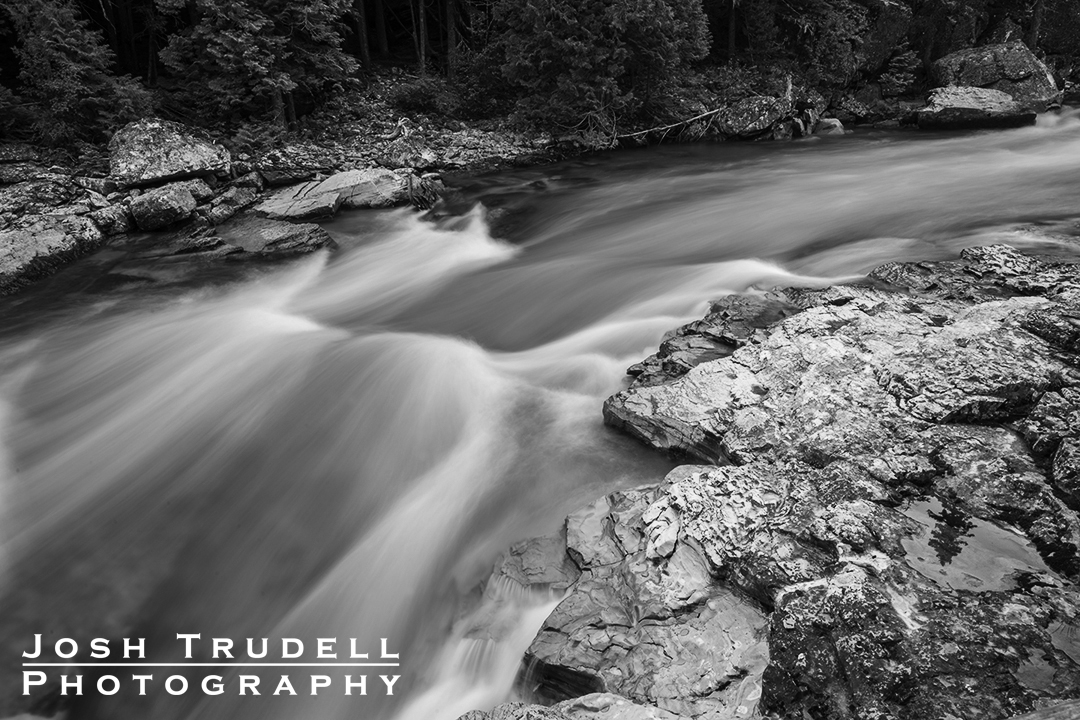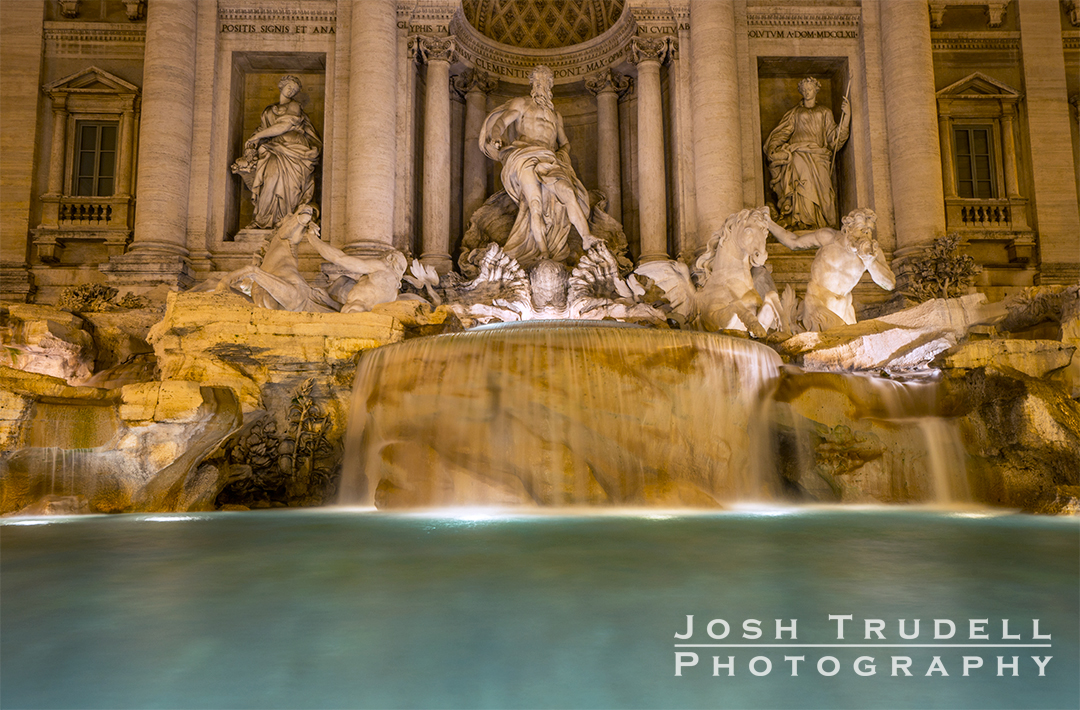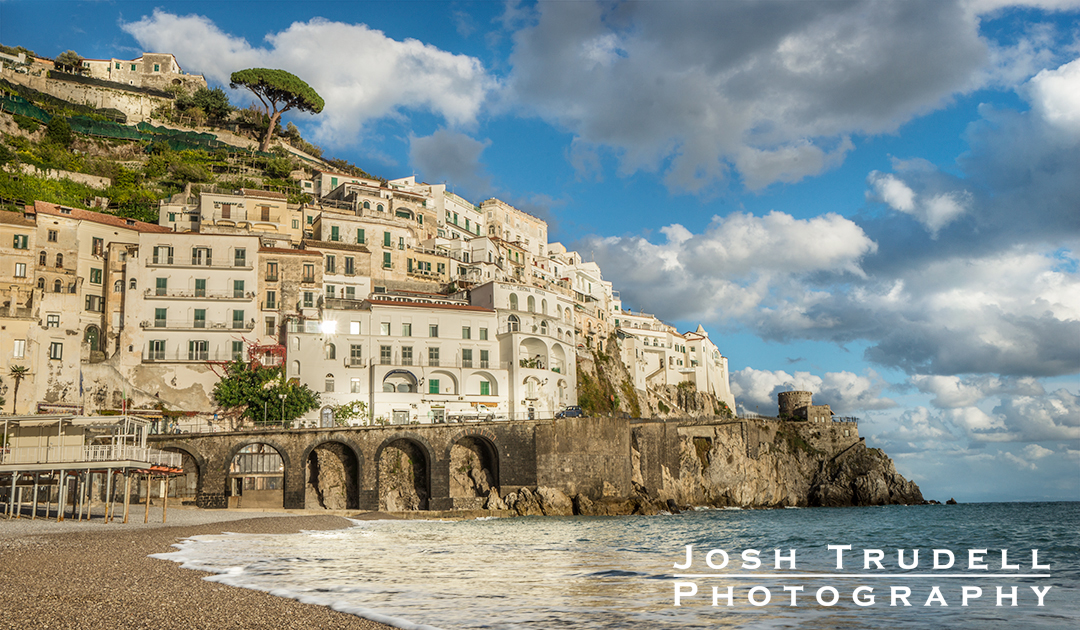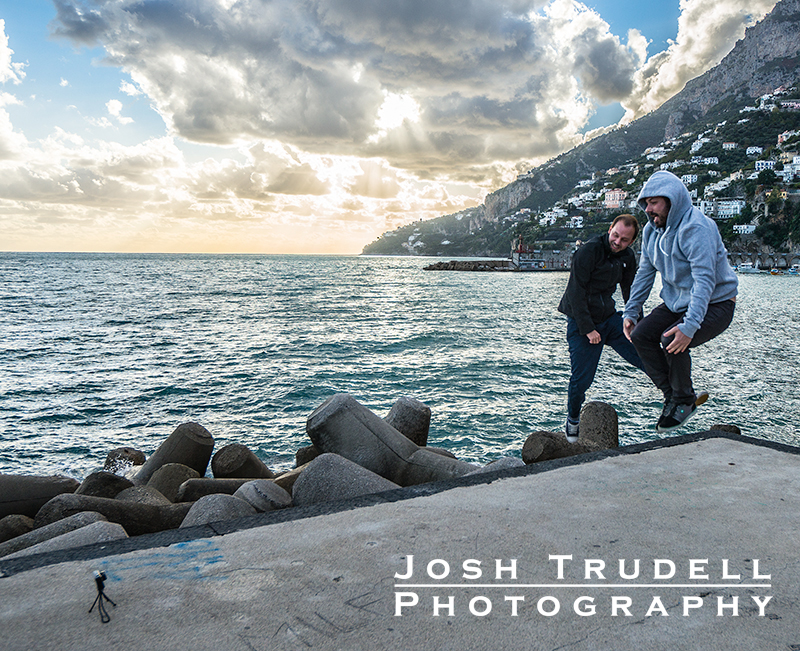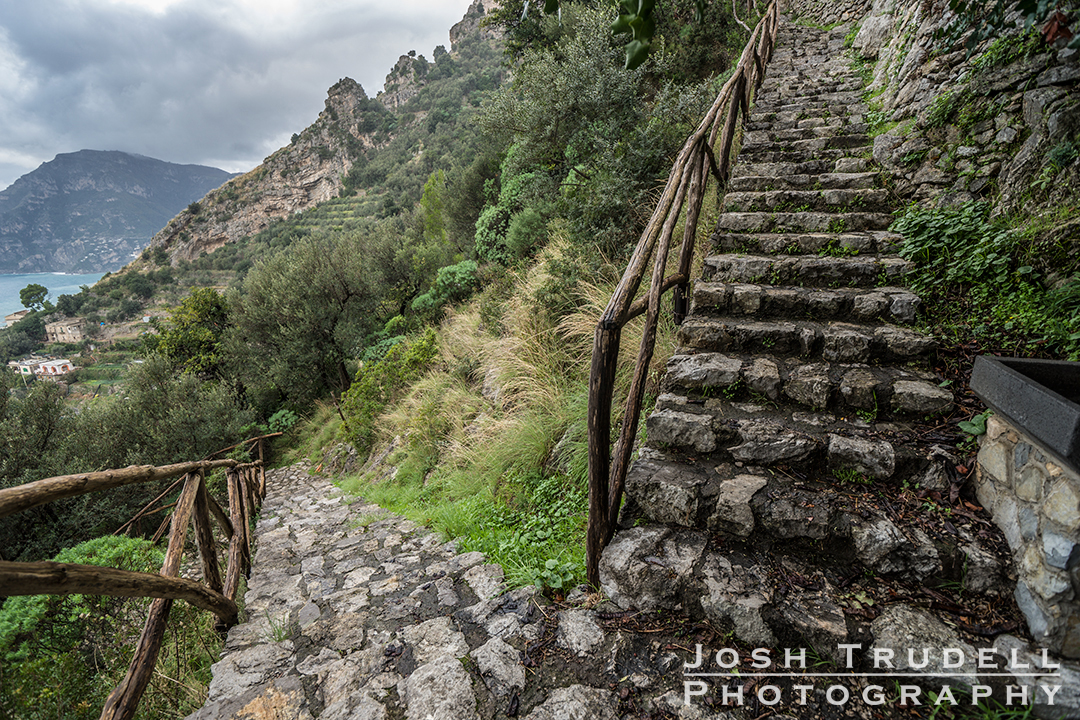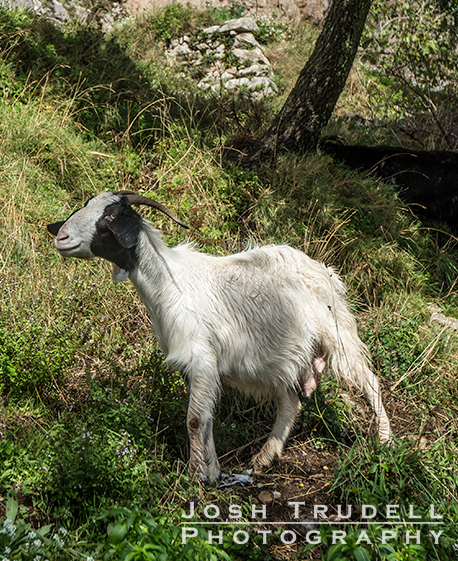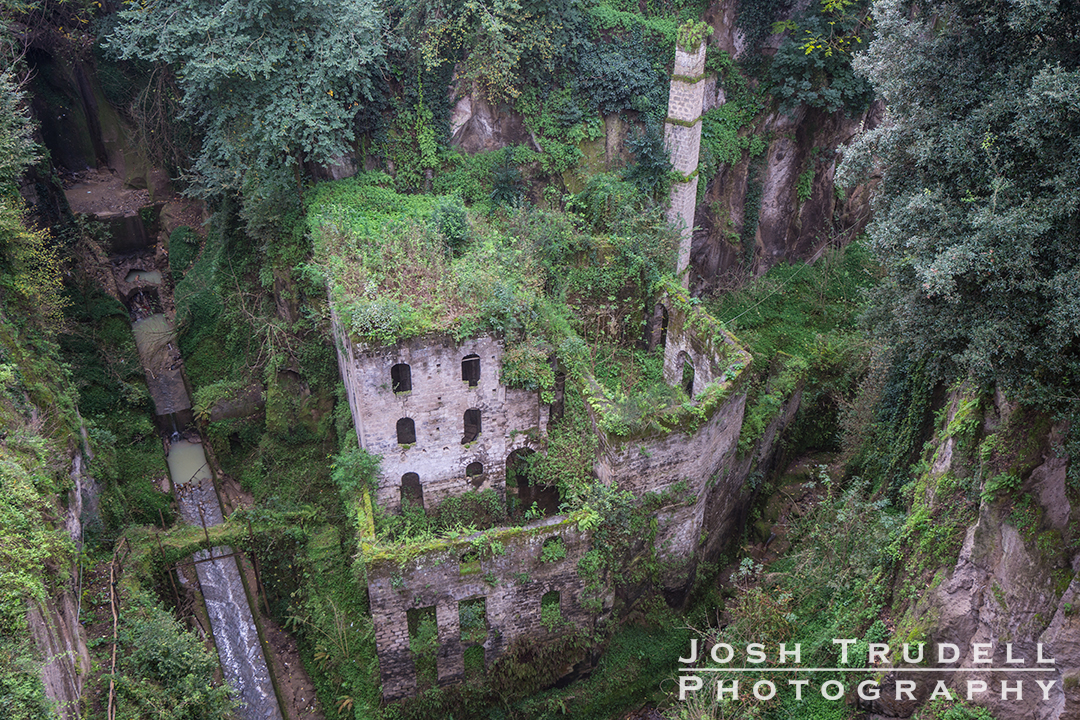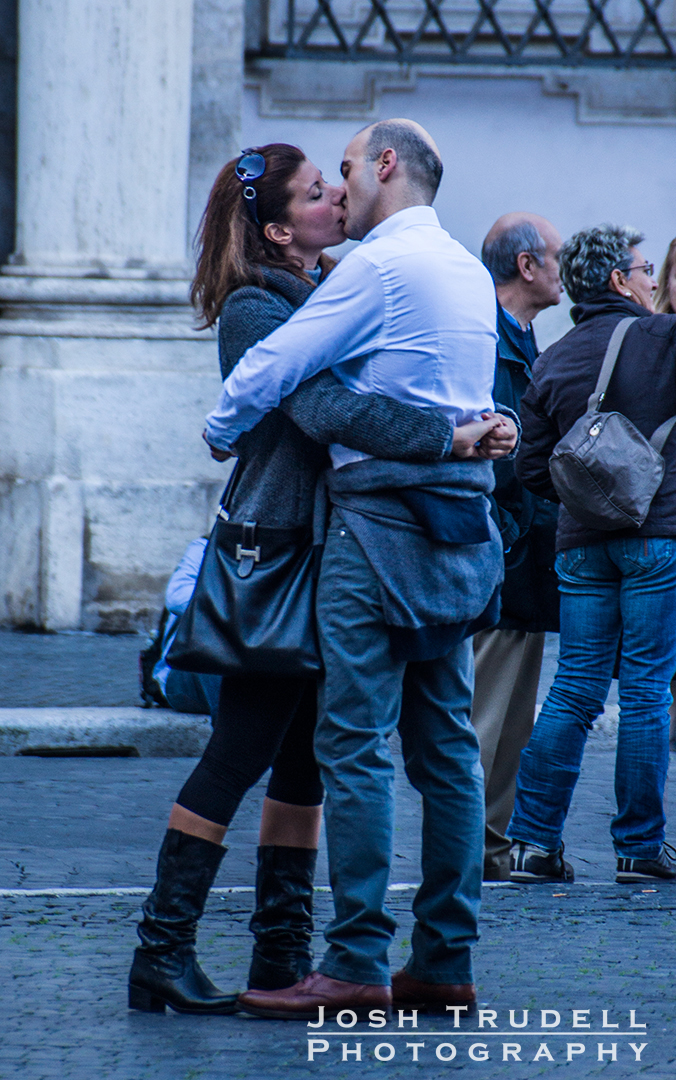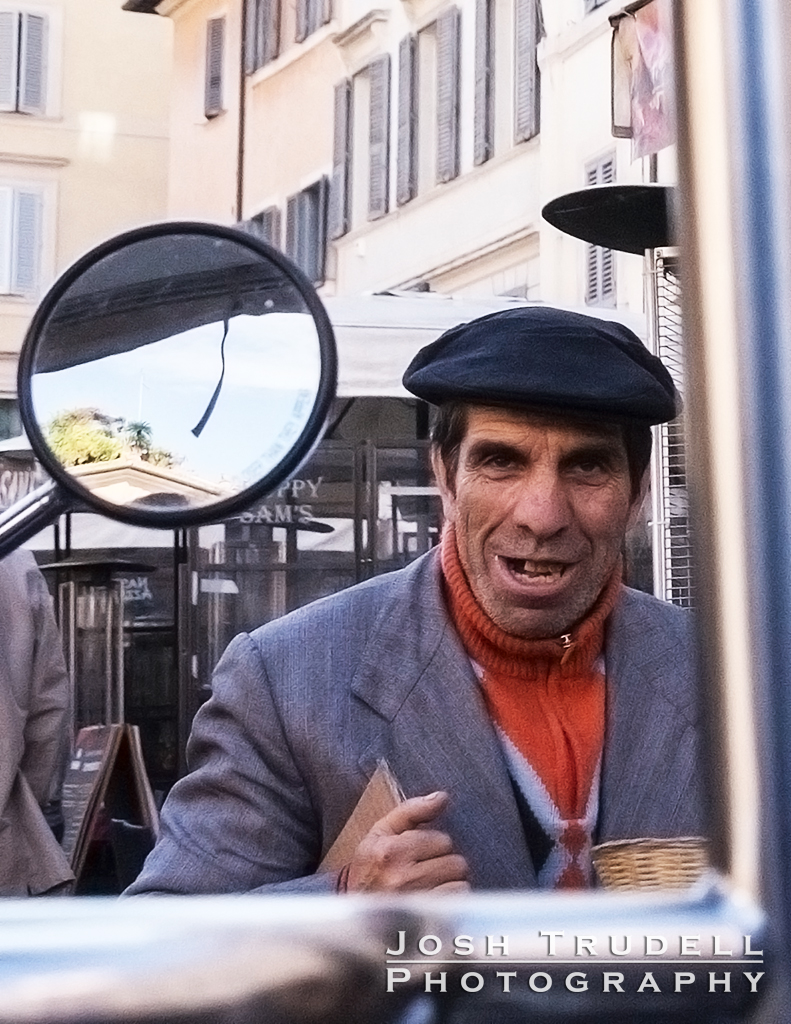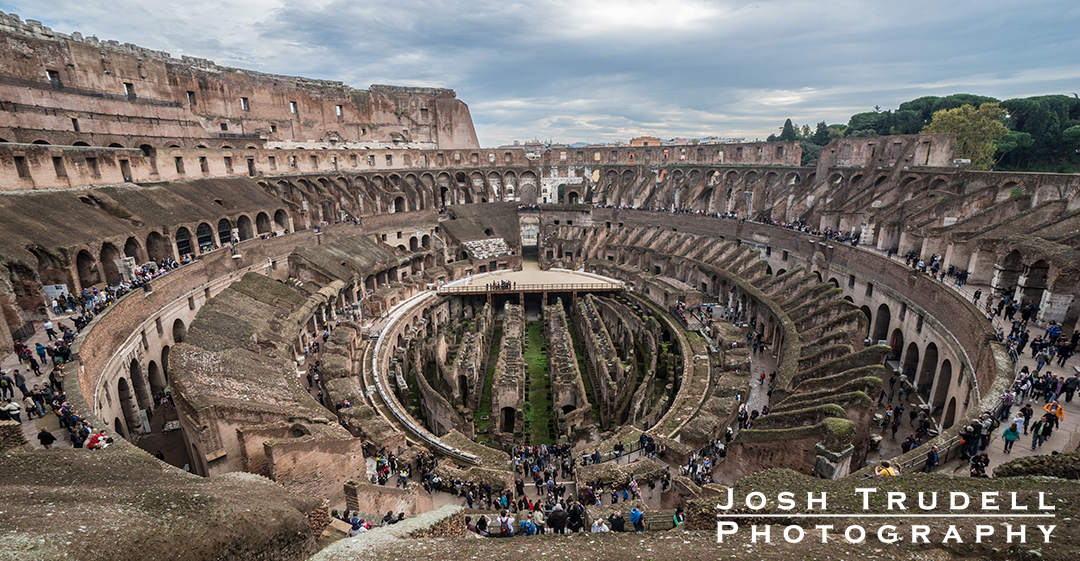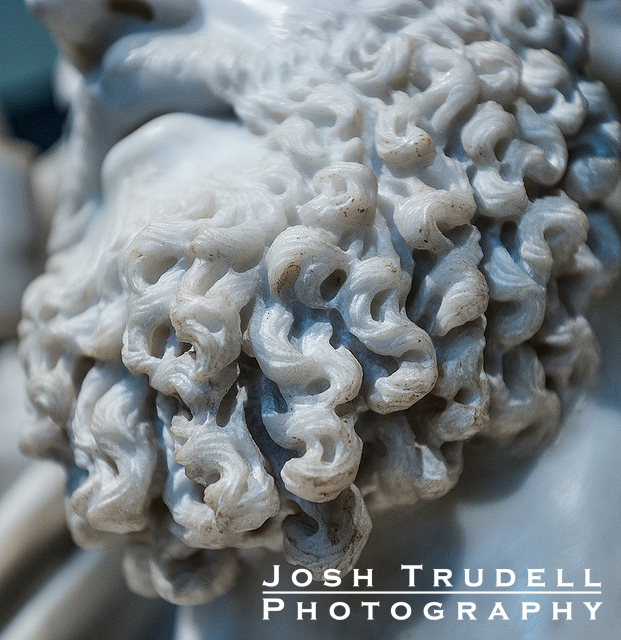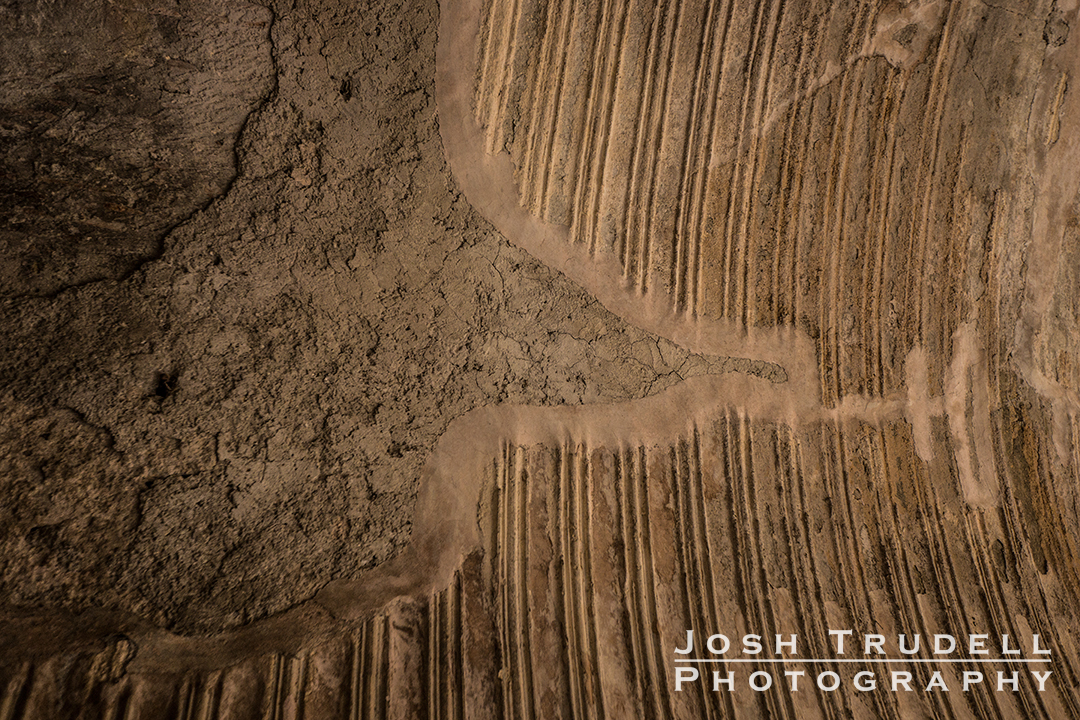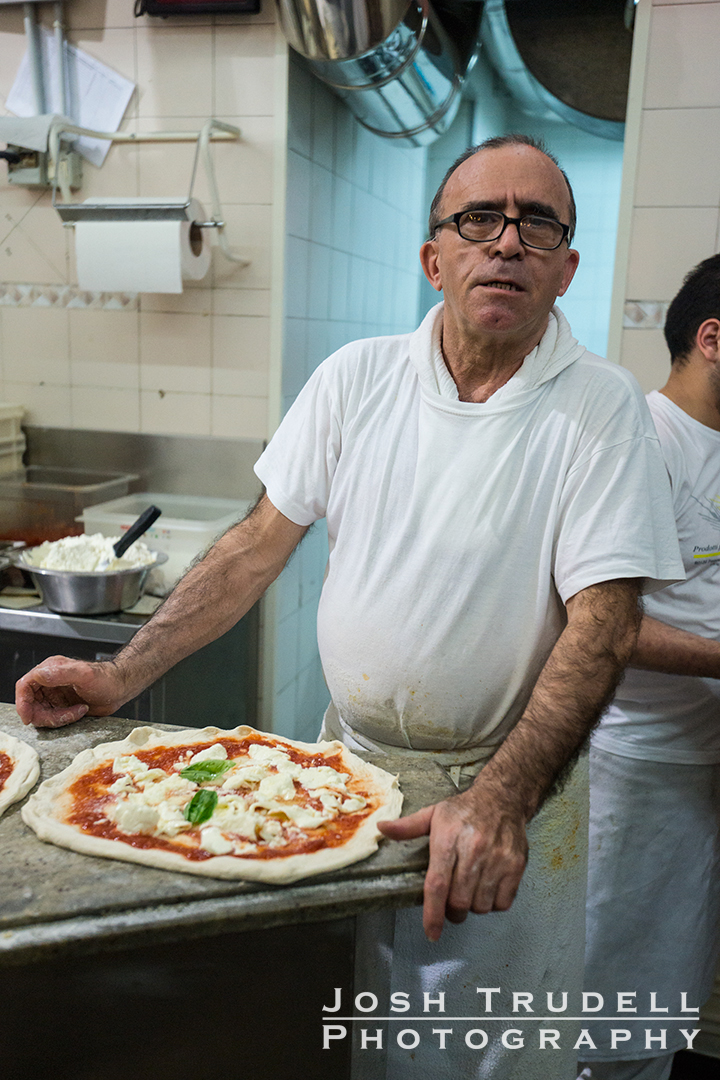January: It must be time for that weekly blog update…
March: It must be time for that monthly blog update…
October: It must be time for that quarterly blog update…
December: It’s time! It’s time! It’s…oh. Oops.
It is indeed already December, and my blog posts have yet again dwindled like the sands of time as the year has progressed. But, it has been a very busy year, filled with a lot of work and one truly spectacular vacation.
When I started picking out my favorite photographs of the year, I had two thoughts – boy, I didn’t shoot that much and girl, these are all going to be Australia photos.
Looking back over my Flickr feed, I see I have 18 albums – so it averaged out to one every six weeks. Even taking out the six from Australia, there was still at least one shoot per month, on average.
Some of them weren’t huge - such as studying the wasp nest that was torn out of a tree in my front yard – but the amount was about what I had hoped for, considering that I spent much of the year in the freelance writing and graphic design arena to save for Australia. And that album count largely doesn’t include shooting to go with stories – also largely written to save for Australia.
2015 was the year of Australia – building up to, going on and the aftermath chewed up the first 10 months of the year. It was a great adventure, and there is very little I would change about it. I shot as much as I could every day, but barely scratched the surface of this amazing place.
I’m going to address that in more depth later (weekly blog updates!), but for now, these are my favorite photos of the year (in no particular order).
1. This was taken during the San Antonio Cattle Drive, held each year in February. Cattle are herded through the downtown streets of the city. This shot was part of the Native American dances that were held in front of the Alamo.
2. As an experiment, I took a couple of gallons of rose petals out to Pedernales Falls State Park to see what I could create. The shots feel like they might be a first draft of an interesting larger project.
3. This was just after I got some new camera equipment - I was experimenting with a new 300mm f2.8 for the first time. A lens this size is a lot of fun - worth the effort it takes to carry around.
4. This is from shooting one of my year's highlights - the 2015 Summer X Games in Austin. This was a great event to shoot - there was always something to point a camera at, and most of it was spectacular. I wrote about that here.
6. Skateboarding is one of the big draws at the X Games - this is another shot from that event. I love that the boarder looks like a hawk (Tony Hawk!) in midair.
5. Part of shooting the X Games included shooting the concerts - including three songs of Metallica's set. After a day of carrying my gear around in the 90+ degree sun, I was exhausted when they started - but I was ready to go do it all again when they finished. Exhilarated barely covers it.
7. Wedding shooting is extremely hard photography and delightfully easy - often at the same time. I flew up to New Hampshire to shoot a lovely, low-key wedding. Arriving the day before gave me a chance to scope out the scene - including playing with the rings and the blooming apple blossoms.
8. One of my 2015 resolutions was to branch out and photograph more people. I've joined a couple of Meetup groups, and I'm working on building a model photography portfolio. This was one of my favorites from a steampunk-themed railroad shoot at the New Braunfels Railroad Musuem - model is Arbnore Haliti.
9. Now we're getting into the Australia pictures. First up is this sunrise over Cape Tribulation - a gorgeous, isolated beach north of Cairns. The most peaceful place I saw all year.
10. While we in Cape Tribulation, we took a day tour of the forest with an aboriginal guide. These ants are safe to eat - and as we found out, have a very pleasant lime taste.
11. I originally shot this on an iPhone, then came back the following night to try and capture it again with my camera. The light and dark - chiaroscuro - makes for great contrast on both sides of the image.
12. The best part of the trip for me was scuba diving the Great Barrier Reef. I learned to scuba this year for the sole purpose of diving and shooting the reef. It took three or four dives before I became comfortable with my camera underwater - this was a Canon DSLR in a Ikelite case - but by the end, I was feeling more confident. It was an amazing experience - like sitting at the bottom of the world's best fishtank.
13. Our friend the koala - also seen on the cover of my Australia calendar. This was in Kuranda - something of a tourist trap, but fun to wander through for a day.
That's it - I hope you enjoyed them, and I'm looking forward to shooting more in 2016!















